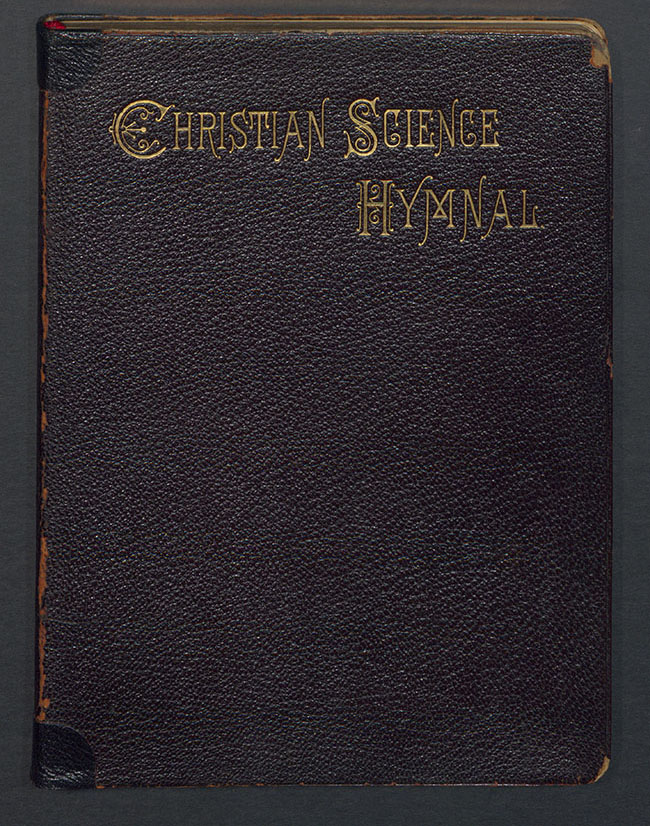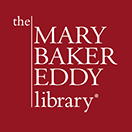The Christian Science Hymnal: History, Heritage, Healing
The Christian Science Hymnal: History, Heritage, Healing
The Christian Science Hymnal: History, Heritage, Healing
Listen to this article
Preface
Hymns speak to us with power—and often in ways that nothing else can. They are also an essential component of the Christian Science church service. Christian hymns, as well as those from other religions, have survived since antiquity, sung by worshippers throughout the ages, nourishing and healing them. The book of Psalms was the hymnbook of the Hebrew Temple at Jerusalem.
The Old Testament, or Hebrew Scriptures, include many instructions to “sing praise” to the Lord (Ps. 98:4). In the New Testament, the Gospel of Matthew records that, during the Last Supper, Jesus and his disciples sang a hymn before they went to the Mount of Olives (26:30). When the Apostle Paul and and his helper Silas were jailed at Thyatira, they “prayed and sang praises unto God,” and all the prisoners’ “bands were loosed” (Acts 16:25–26).
The word hymn, derived from the Greek, means “a song of praise.” More specifically, a hymn is a lyric poem that expresses the worshiper’s attitude toward God. It is often simple and metrical in form, poetic and literary in style, and spiritual in quality, its ideas direct and instantly apparent, comforting the soul in private prayer and unifying congregations in corporate worship.
Mary Baker Eddy, who lived in America from 1821 to 1910, is widely known as the discoverer and founder of Christian Science. She was a lifelong poet who keenly appreciated music.1 Throughout the years, she often called her household staff together to sing hymns. Although she was not centrally involved in constructing the successive hymnal editions used by her followers, she provided for the singing of hymns in church services, recommended including a few of her favorite gospel hymns in them, commissioned friends to compose tunes for her poems, and kept a watchful eye over all the music activities in her church.
In the 130-year history of Christian Science hymnody, several hymnals have been adopted and commissioned. The landmark 1932 Christian Science Hymnal was the sole volume in use for 75 years and highly regarded by musicians and some theologians. It contains many tunes drawn from significant composers such as Handel, Mozart, Beethoven, Schubert, and Mendelssohn. It includes original melodies from major composers, as well as lay musicians from all over the world, whose lives span several centuries. It encompasses texts and tunes borrowed from other denominations; folk songs with texts adapted to express unique beliefs; and hymns from the gospel tradition of nineteenth- and twentieth-century America.
The publication of the 2017 Hymnal, with its significant number of selections from around the world, gives an additional variety of musical expression to use in worship services and individual healing practices.2
For the publication of the original 1892 Hymnal, and in all subsequent editions, innumerable poets, composers, arrangers, editors, and committees have contributed countless hours to give the gift of inspiring song. It is with great humility—and deep gratitude—that we honor their work in sharing this account.
Robert J. Rockabrand
Sara T. Rockabrand

Christian Science Hymnal, 1898. Owned by Mary Baker Eddy. B00142.
© ℗ 2024 The Mary Baker Eddy Library. All rights reserved.
Chapter notes:
- For more about Eddy’s life, achievements, and the church she founded, see the Mary Baker Eddy tab on the Library’s website.
- The 2017 Hymnal is used in conjunction with the 1932 Hymnal in The Mother Church (The First Church of Christ, Scientist) and in English-speaking Christian Science branch churches around the world. The 1932 Hymnal has been translated into a number of languages. The 2017 Hymnal has not yet been translated.
